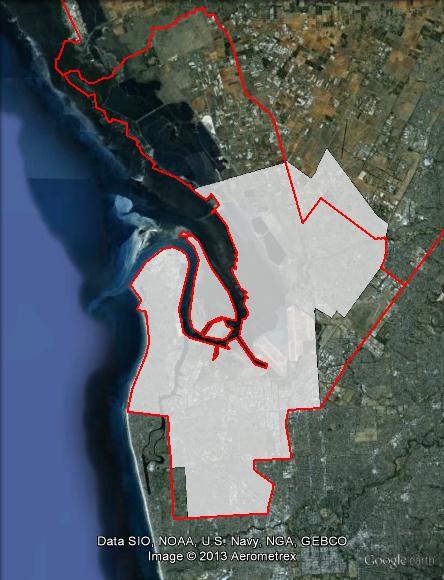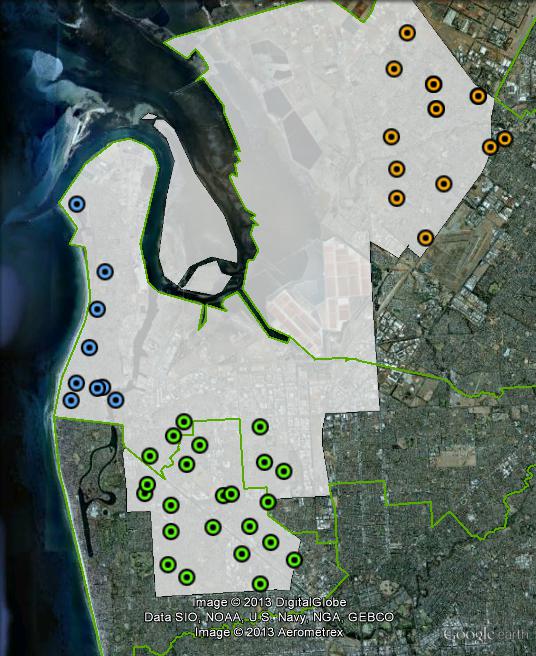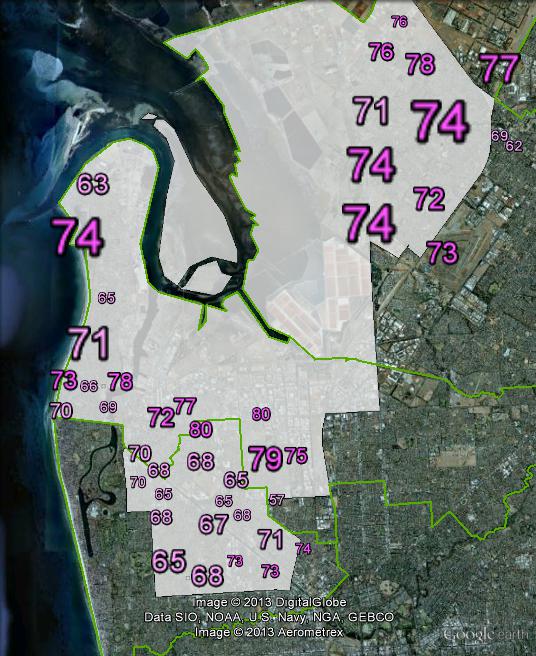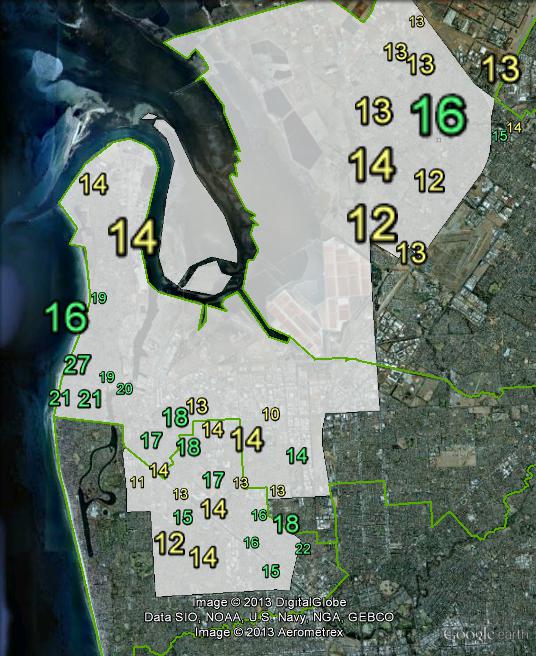ALP 20.9%
Incumbent MP
Mark Butler, since 2007.

Geography
Port Adelaide covers the northern suburbs of Adelaide, including the port itself. It includes the suburbs of Seaton, Woodville, Croydon, Cheltenham, Semaphore, Largs Bay, Green Fields and Salisbury.
Redistribution
Port Adelaide lost territory to the neighbouring seats of Hindmarsh, Makin and Wakefield, and gained an area near Salisbury from Wakefield. This increased the ALP’s margin from 20% to 20.9%.
History
Port Adelaide was created as part of the expansion of the House of Representatives at the 1949 election, and has always been held by the ALP.
Port Adelaide was first won in 1949 by Labor candidate Albert Thompson. Thompson had previously won the seat of Hindmarsh in 1946, and before that had been a state Labor MP since 1930. Thompson held Port Adelaide until his retirement at the 1963 election.
He was succeeded by Fred Birrell, who held it until 1974. He was succeeded in 1974 by former ALP National Secretary Mick Young, the architect of Gough Whitlam’s 1972 election win. Young played a key role in the Labor frontbench during the Fraser government, and was appointed to Cabinet after Bob Hawke’s election win in 1983. He was forced to briefly step down in 1984 after breaching Cabinet security, but was later reappointed. He continued in Parliament until 1988, when he resigned over accusations of mishandling of campaign donations.
The 1988 by-election was won by Rod Sawford. Sawford served as a Labor whip from 1994 until 2001, and was a critic of Kim Beazley during his leadership contests against Simon Crean and Mark Latham. Sawford retired at the 2007 election, and was succeeded by Mark Butler, the head of the Labor Left faction in South Australia. Butler was appointed as a Parliamentary Secretary in a 2009 reshuffle, and joined the ministry after the 2010 election.
Candidates
- Bruce Hambour (Family First)
- Chandy Huynh (Palmer United Party)
- Terry Cooksley (Australia First)
- Nigel McKenna (Liberal)
- Dusan Popovic (Greens)
- Mark Butler (Labor)
Assessment
Port Adelaide is a very safe Labor seat.
2010 result
| Candidate | Party | Votes | % | Swing |
| Mark Butler | ALP | 48,638 | 53.82 | -4.42 |
| Nigel McKenna | LIB | 21,615 | 23.92 | -1.29 |
| Kalyna Micenko | GRN | 13,659 | 15.11 | +6.35 |
| Bruce Hambour | FF | 6,467 | 7.16 | +1.38 |
2010 two-candidate-preferred result
| Candidate | Party | Votes | % | Swing |
| Mark Butler | ALP | 63,295 | 70.03 | +0.28 |
| Nigel McKenna | LIB | 27,084 | 29.97 | -0.28 |

Booth breakdown
Booths have been divided into three areas: north, south and west. Polling places in Salisbury local government area have been grouped as “North” – these booths are geographically isolated from the rest of the electorate’s population. Those in “West” are all close to the coast, with those in “South” more inland. Polling places in Charles Sturt local government area are all included in South, while those in Port Adelaide Enfield are split between West and South.
The ALP won similar margins in each area, varying from 70.9% in the south to 73.9% in the north. The Greens vote varied from 13.4% in the north to 18% in the west.
| Voter group | GRN % | ALP 2PP % | Total votes | % of ordinary votes |
| South | 14.88 | 70.93 | 31,284 | 43.46 |
| North | 13.39 | 73.87 | 25,370 | 35.24 |
| West | 18.01 | 71.01 | 15,332 | 21.30 |
| Other votes | 15.85 | 67.62 | 16,684 |




In most states, this sort of seat would have strong Green support, but this seems concentrated around the Semaphore/Largs area – something of a Lesbian/Queer zone. That the Greens are fielding a candidate who lives in the well-to-do south-eastern suburbs in the most class-conscious working class seat in SA suggests they’re not trying terribly hard.
I’d have thought 15% is pretty good for the Greens in a seat that still contains some pretty working class areas…..
The Palmer United Party is running Chandy Hunyh
http://palmerunited.com/2013/07/clive-palmer-announces-sa-candidates-for-palmer-united-party/